Introduction to Remote Photography
Remote photography is an innovative technique that allows photographers to capture images from a distance, often in challenging or inaccessible locations. This approach has revolutionized various fields, including wildlife photography, photojournalism, and even space exploration.

Education

Event Management

Entertainment and Media
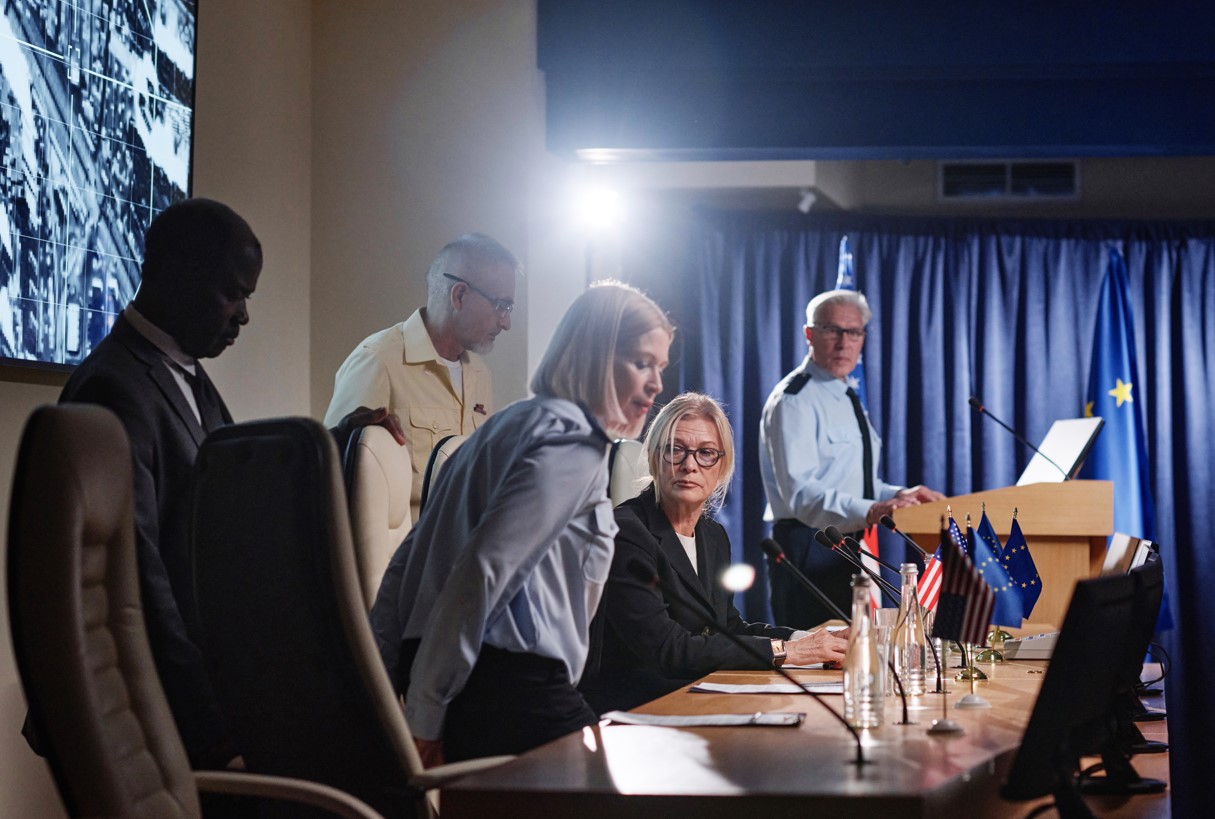
Journalism and Media
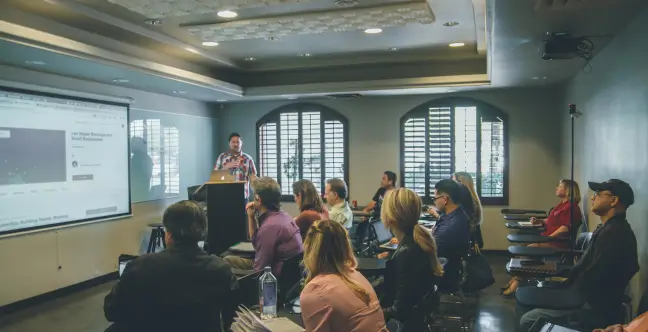
Real Estate

Healthcare

Hospitality and Tourism
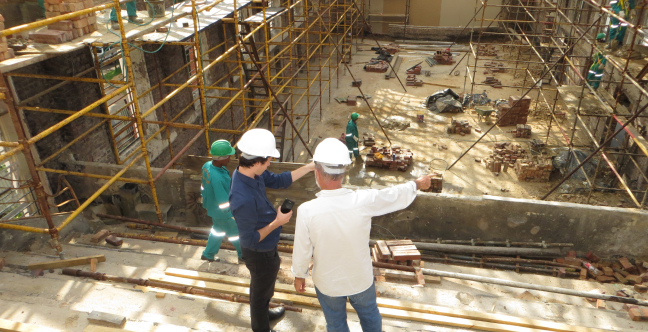
Construction
Who remote photography works.
Camera Setup
Select a compatible PTZOptics camera with remote control capabilities
Smartphone
Either setup your smartphone or PTZOptics Hive software to take your photos remotely.
Share Access
With PTZOptics Hive-Linked cameras you can share access with others around the world.
AI Upscaling
PTZOptics Hive uses the public internet and preserves quality wherever possible. AI-upscaling can be used to make images larger and higher quality.
The benefits of remote photography are numerous. It enables photographers to:
- Capture rare or elusive subjects without human interference
- Document events in dangerous or restricted areas
- Obtain unique perspectives and angles that would be difficult or impossible to achieve in person
- Conduct long-term studies of natural phenomena or wildlife behavior
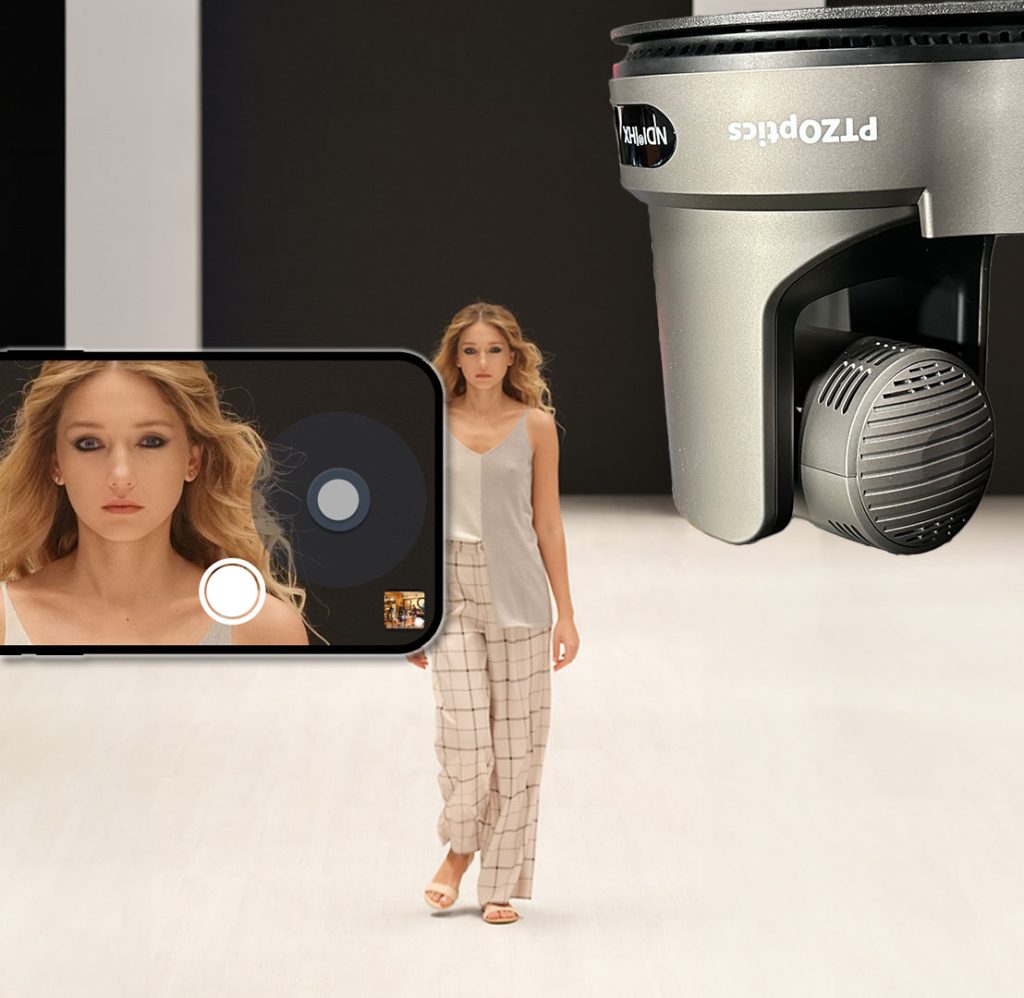
As technology continues to advance, remote photography is becoming increasingly sophisticated, opening up new possibilities for creative expression and scientific research. From wildlife reserves to urban skylines, remote photography is changing the way we see and document the world around us.
This technology has also found applications in fields beyond traditional photography. For instance, in environmental monitoring, remote cameras are used to track changes in ecosystems over time. In the realm of security and surveillance, remote photography systems provide continuous monitoring of sensitive areas. As we look to the future, the potential applications of remote photography continue to expand, promising new insights and discoveries across various disciplines.
PTZOptics cameras are particularly well-suited for remote photography applications due to their advanced features and versatile design. Here’s why they are ideal for this purpose:
- Pan-Tilt-Zoom (PTZ) Functionality: As the name suggests, PTZOptics cameras offer pan, tilt, and zoom capabilities, allowing photographers to remotely adjust the camera’s position and focus. This provides exceptional flexibility in framing and composition without being physically present at the location.
- High-Quality Optics: PTZOptics cameras are equipped with high-quality lenses and sensors, ensuring crisp, clear images even in challenging lighting conditions. This is crucial for remote photography where manual adjustments may not be possible.
- Remote Control Options: These cameras can be controlled via various methods, including IP-based control, serial control, and even smartphone apps. This versatility makes them suitable for a wide range of remote photography scenarios.
- Live Streaming Capabilities: Many PTZOptics cameras support live streaming, which is beneficial for real-time monitoring and immediate feedback in remote photography setups.
- Durability and Weather Resistance: Designed for both indoor and outdoor use, many PTZOptics cameras are built to withstand various environmental conditions, making them reliable for long-term remote photography projects.
- Integration with Other Systems: PTZOptics cameras can often be integrated with other hardware and software systems, allowing for complex setups that combine motion detection, time-lapse photography, and other automated triggering mechanisms.
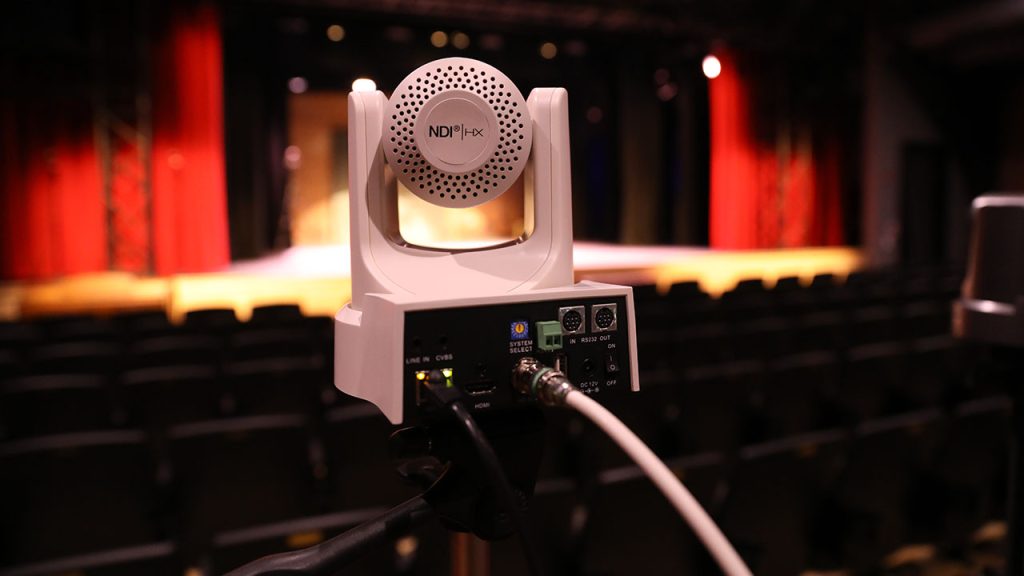
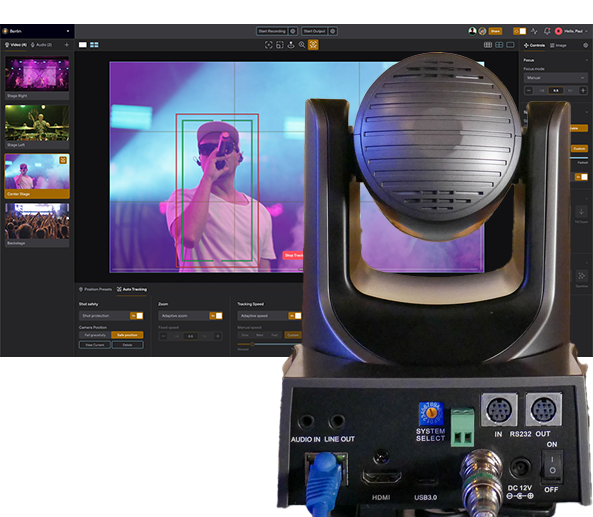
These features make PTZOptics cameras a powerful tool for remote photography, offering photographers the control and quality they need while working from a distance. Whether it’s for wildlife observation, event coverage, or long-term environmental monitoring, PTZOptics cameras provide the flexibility and reliability required for successful remote photography projects.
Here are some image ideas to complement the content on remote photography and PTZOptics cameras:
- Wildlife in natural habitat: A high-quality image of a rare animal captured by a PTZOptics camera, showcasing the camera’s ability to capture elusive subjects without human interference.
- Time-lapse cityscape: A composite image showing the progression of a city skyline from day to night, demonstrating the time-lapse capabilities of remote photography.
- PTZOptics camera in action: A photo of a PTZOptics camera mounted in an outdoor location, highlighting its durability and weather-resistant features.
- Split-screen comparison: A side-by-side image showing a scene captured by a traditional camera setup versus a PTZOptics remote setup, emphasizing the unique angles and perspectives achievable with remote photography.
- Remote control interface: A screenshot of a smartphone or computer interface used to control a PTZOptics camera, illustrating the remote control options available.
- Environmental monitoring: An image series showing changes in a natural landscape over time, captured by a fixed PTZOptics camera, to demonstrate its application in long-term studies.
